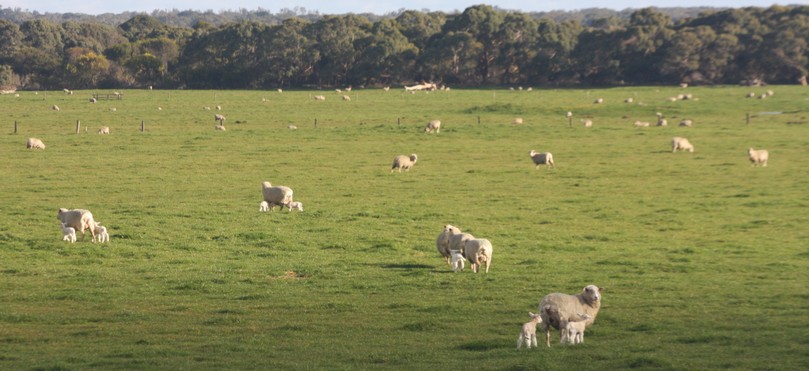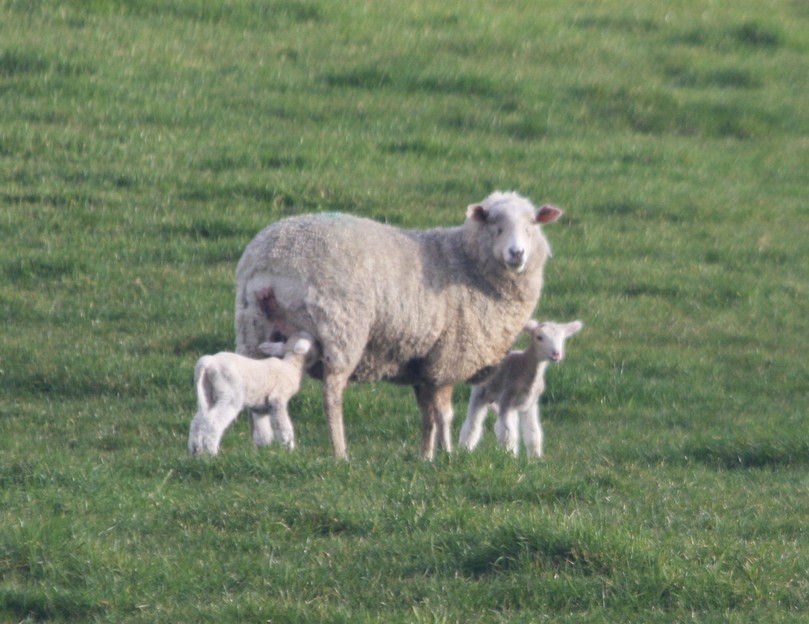lambs - The Farmers and the Winemaker Dinner Part 2 - Gippsland Food Adventures
Main menu:
Spring drop
One of the many things I love about life on the land is the closeness to nature. We see and feel first hand the changing seasons – grasses going to seed then senescing over summer, the power of the autumn rains to convert dry paddocks to green, wet and muddy paddocks through winter and the increasing day length and breaks of sunshine over spring.
And the appearance of little white specks in the paddocks in August reinforce that a new season is on its way. Lambing at Malabar Farm has started and, in many ways, marks the beginning of our new production year. We’ve come out of our winter recess and the action is about to begin. A lot of work and planning goes into a successful lambing, and we’re ready for it!
During the 5 month gestation we carefully managed the ewes’ diet. If they are underfed, the lambs will have lower bodyweights when born, reducing survival rates. If overfed, the lambs will be too big causing lambing difficulties, also reducing survival rates. At the mid-
In late July the ewes were drenched to kill internal parasites (worms), vaccinated to protect their newborn lambs, and spread across the farm for lambing in the driest paddocks and those with the best shelter.
Industry research provides us with some guidelines about maximising lamb survival. We lamb the ewes in mobs of no more than 150 to minimise the risk of mismothering, and aim to have sufficient grass in the paddock, so the ewes don’t abandon their offspring in the search of a feed soon after lambing.
So what can go wrong? Foxes can be a real problem – potentially taking up to 10-
And all that’s left now is for Mother Nature to provide some benign weather for the newborns. They can handle low temperatures and a bit of rain, but fierce cold winds with the rain can be deadly
In the early stages of lambing I check the ewes most days to make sure everything is ok, but once there are lots of lambs being born I tend to stay out of the paddocks to minimise any disturbance to the sheep. Some ewes when frightened will move away taking only one of her twin lambs, abandoning her second in her dash to safety – and we want to avoid orphans as much as possible.
We’ve had a few attempts with poddy lambs – and they’ve presented some problems! When the kids were much younger we thought the experience and responsibility of raising a couple of lambs to be a great part of their education. So the lambs were set up in the warm and dry shearing shed, with the kids feeding them a warm powder milk formula. The lambs loved it, and as they grew stronger they would charge the kids at the sight of a milk bottle – a frightening exercise the kids soon grew wary of, and subsequently abandoned.
And then there was Lucky -
Feeding poddy lambs is now one of those outsourced operations of the farm, which pleases everybody.


